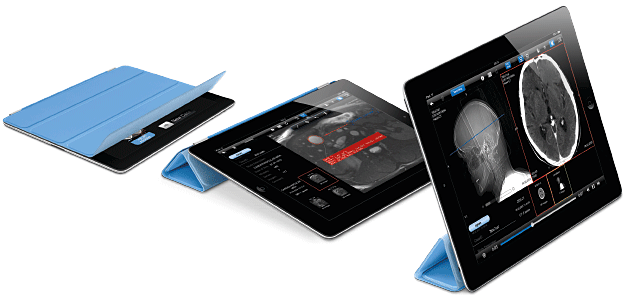 This will be part of a series, Health Design Archive, revisiting health tech design ideas that perhaps were too advanced for their time.
This will be part of a series, Health Design Archive, revisiting health tech design ideas that perhaps were too advanced for their time.1994 seems a long time ago. Prior to the new century we didn’t have tablets, our modern day smart phones or as readily available wireless access in homes and public places. In our hospitals, electronic health records (EHRs) were on the rise but not as hotly implemented or debated as they are today. Regardless, visionaries were thinking about innovative ways in which healthcare data could not just be recorded and organized but how, with sicker patients living longer, it could be better communicated to healthcare providers and patients alike.
Seth Powsner and Edward Tufte, well known for his work in information visualization, wrote about their vision for a ‘Graphical Summary Of Patient Status’ . Though the time would indicate perhaps the ideas would be out-dated, the ideas are perhaps well ahead of how we think about summarizing patient information. In their description, a patient’s hospital stay and relevant data prior to admission could be represented on a one page graphical summary. The summary focuses on identifying particular key items such as a particular lab value, drug given, radiologic test or fluid management. Each of these items is given it’s own box with a relative timeline allowing tracking of how the item has changed over time. On the right side are a few notes of activities associated with the patient organized by date/time.
This one page summary gives more information in 5 minutes than I could possibly hope to comb from the unfortunate abyss that is current text based EHRs such as Epic, Cerner, AllScripts and many others. As they describe in their paper:
“A medical history need not be solely a prose account of the life and illness of a patient.”
While their graphical display example has a great concept, it does leave much to be desired:
1. Having 24 different timelines on one page indicates that all these data are independent of each other when they should be represented on a single timeline for relationships to be assessed or discovered. As we move towards integrated care of our patients, thinking of them as whole, and singular should be represented in the design of our communication of their physiologic status.
2. The activity notes on the side represented in their examples are trivial. Perhaps they were meant to be but given the excess of text that is currently dumped into our EHRs everyday, whittling down to pertinent events to communicate is just as important as recording everything for later quality improvement. This is not a job for our computers. This is a job for humans. Yet, the design needs to think about how those notes should be represented.
3. Though mentioned in their article it needs repeating here — we’re past one pagers. With technology available we can update, and interact with both our data and the representations of data we create. Being able to modify these displays in realtime to fit the need is critical.
As we continue to move further away from 1994, how can we use good ideas from the past to inform a better direction for our future of healthcare technology?
References:
Powsner SM and Tufte ET: Graphical Summary of patient status. Lancet 344(8919):386-389, 1994.



